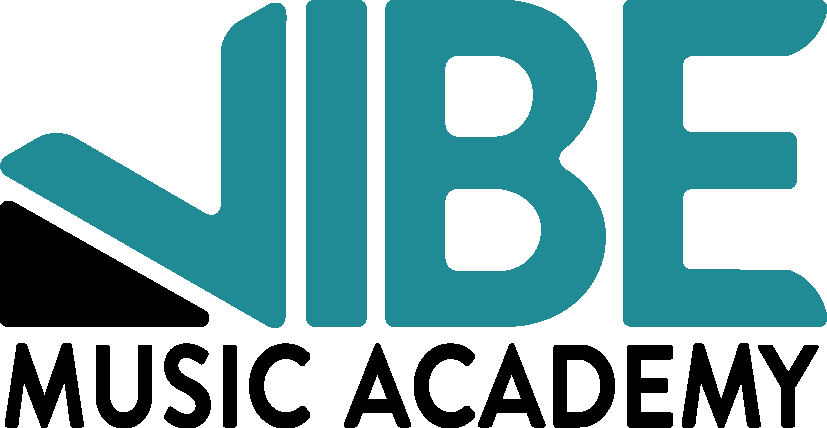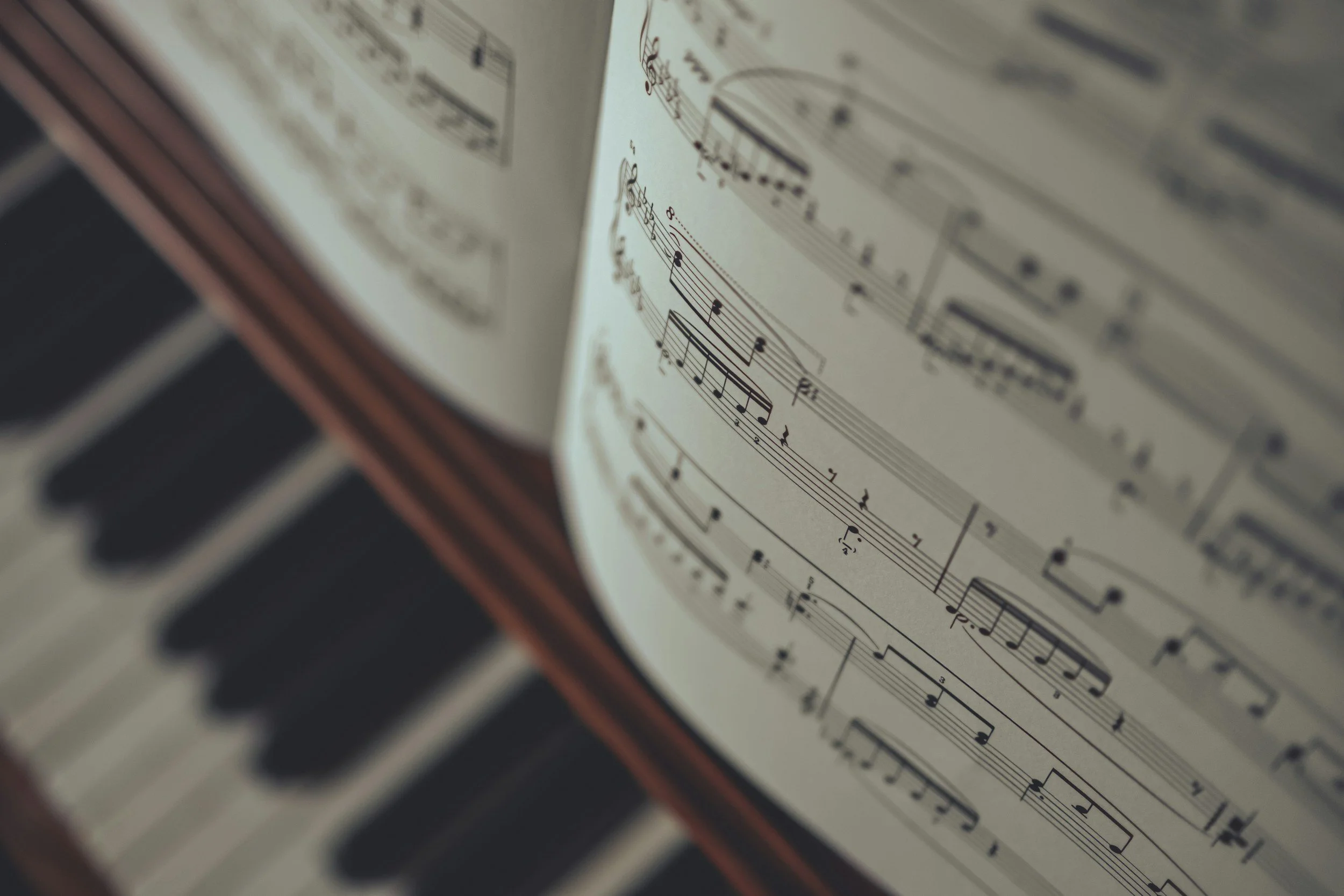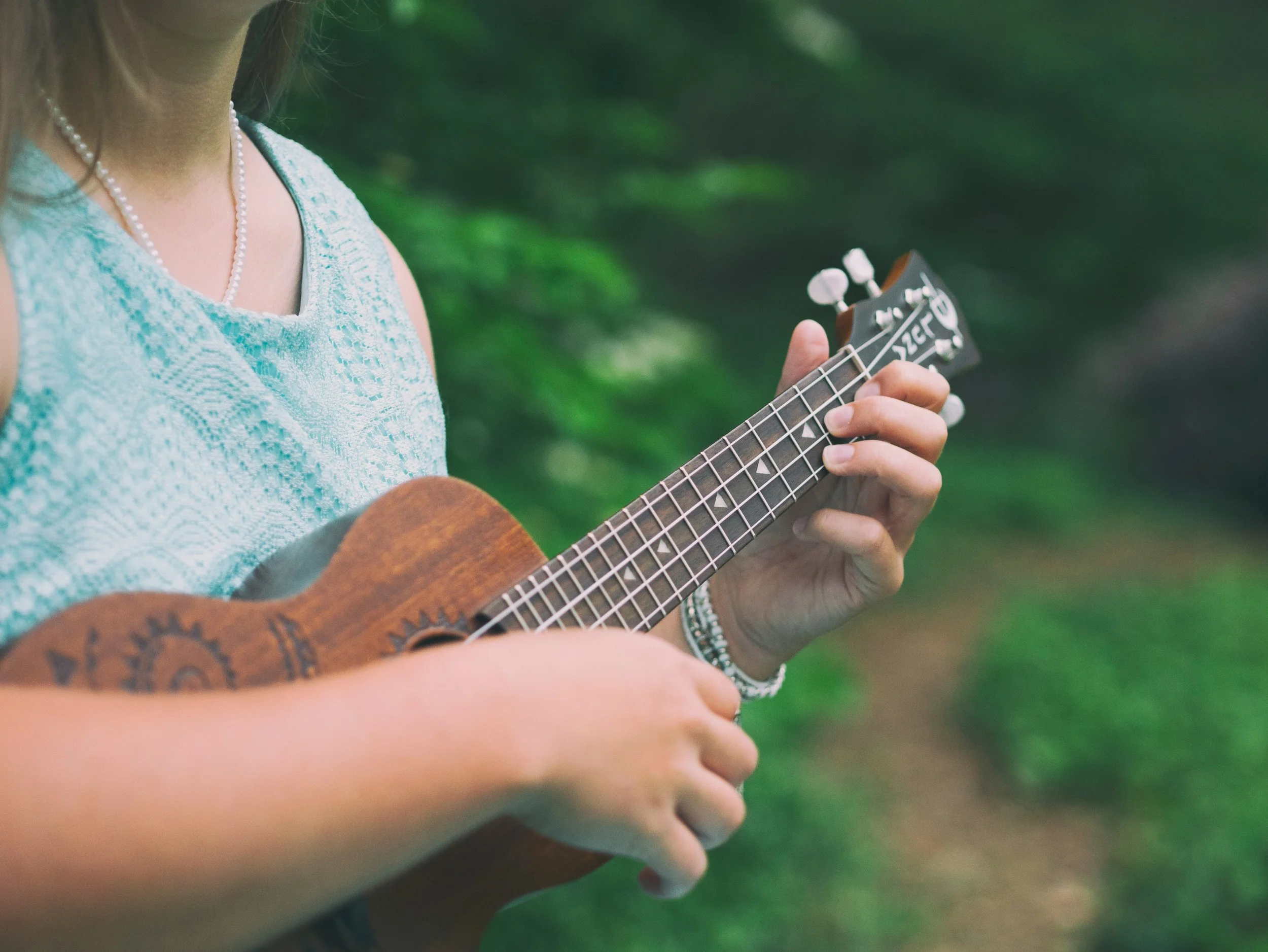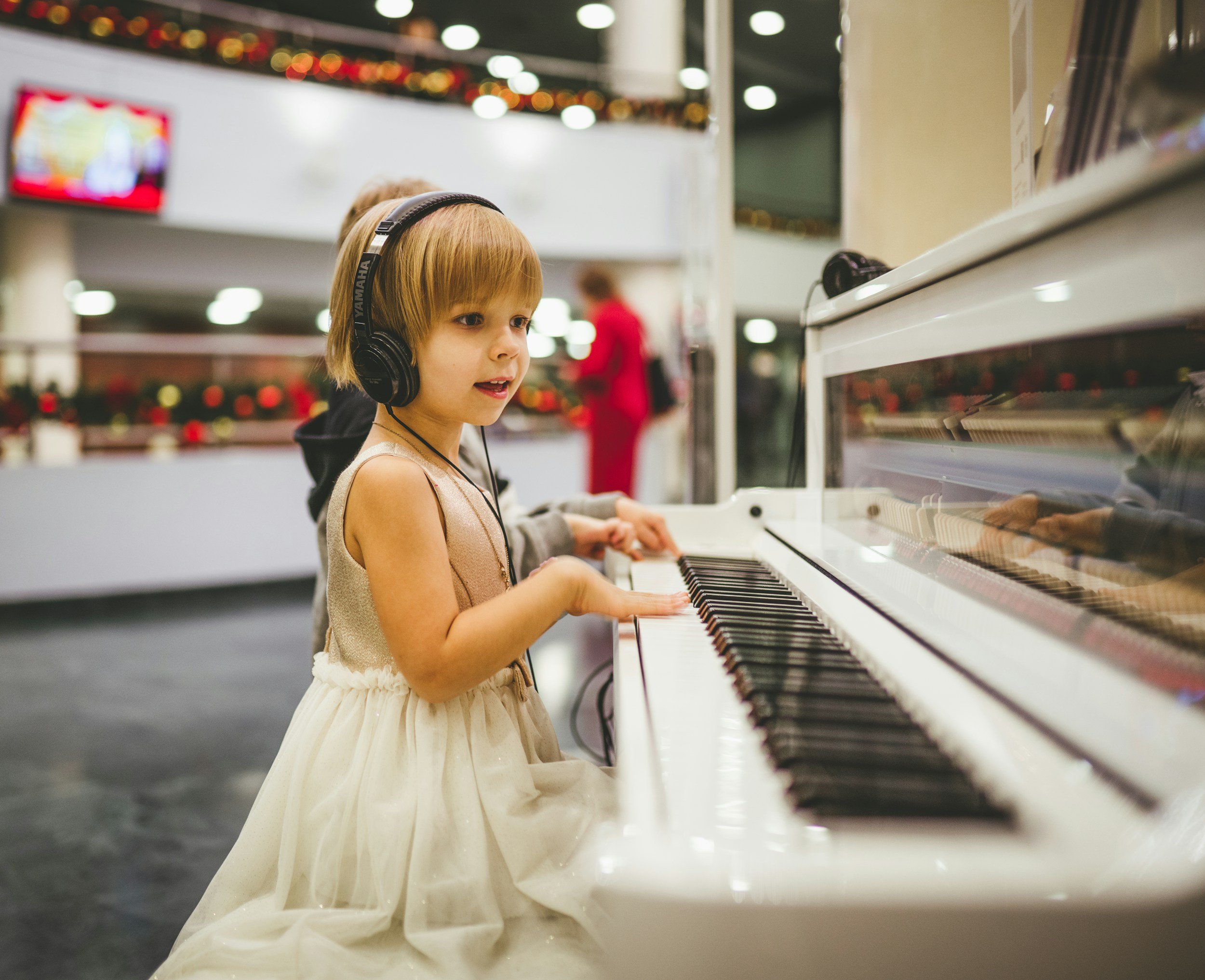I have taught many a beginning piano lesson, and one of the first questions I always ask is: do you have a piano at home? Choosing the right instrument can make or break a student’s early progress—read on for advice and suggestions on selecting a piano for your student.
Quick Answer for Busy Parents
To break things down to absolute brass tacks, here is a simple equation for acoustic versus digital pianos:
Acoustic = best sound + technique, larger size and more maintenance
Digital = convenience + volume control, smaller size, easier maintenance
The most important things to consider, however, are budget, noise, space, and goals—there isn’t truly a “better” option hands down!
The Real Differences in Sound & Touch
Regardless of whether you select an acoustic or digital piano, there are few things that you should take into account unilaterally.
The instrument needs to be in working order. Getting a used instrument from a family member or somewhere like Facebook Marketplace might seem like an excellent plan, but oftentimes, this means expensive repairs would be necessary to get the piano functioning. Always ensure the instrument actually works ALL THE WAY before purchasing or accepting a piano! This means, all the keys should function, along with the pedals and any other features on the instrument.
Be certain the piano has a full keyboard. Some digital keyboards are on offer don’t actually include a full set of 88 keys. Even though this might seem to make sense for a beginner, it can really be problematic to posture, keyboard awareness, and many other things later on. I’ve had a few instances where I’m working with a student, only to find out they can’t play a full piece because their piano is missing half the notes!
Weighted keys are a must. Many cheap keyboards do not have weighted keys, which is extremely detrimental to piano playing. Playing on unweighted keys can create technique issues that are very hard to correct, along with having the potential to cause injury due to improper practice.
Touch sensitivity is extremely important. You’ll want to ensure the instrument you select has keys that can react to pressure. This is pivotal for learning dynamics, expression, articulation, and many other facets of piano playing.
Pedals: the big deal no one tells beginners about. Please be certain that the piano your student uses has functioning pedals. Acoustic pianos ordinarily have 2-3 pedals: the sustain pedal, the “soft” pedal, and a practice pedal. When starting out, the sustain pedal is likely the only one that will be used. If you purchase a digital piano, getting an effective sustain pedal is quite important as well. Your student’s teacher will likely have solid recommendations—check if the keyboard comes with one, and consider upgrading it. Acoustic pianos that are used might not have working pedals: check this before deciding.
When is a Digital Piano is the Right Choice?
Many first time pianists elect to use a digital piano to get started. This isn’t a bad idea at all, especially for students who are brand new to the instrument and just discovering interest. Because keyboards are often a more affordable entry point, this might make the most financial sense to beginners who aren’t yet committed to sticking with it. Furthermore, the ability to plug in a set of headphones to the keyboard can help with apartment or shared living, noise issues, and things of that nature. Keyboards also take up much less space than acoustic pianos, and can often be more portable and easy to get set up. No piano movers necessary!
When does an Acoustic Piano Make a Big Difference?
When you have a student who is planning long-term study of the piano, an acoustic instrument can be a huge step up. Most universities and professional concert stages utilize grand pianos for performances. Because the action, size, and space of an acoustic piano are significantly different than a keyboard, practicing on an acoustic instrument is really important for students looking to study music at a higher level. Experienced musicians seeking expressive control, more involved technique, and solid audition preparation should be using an acoustic instrument for their practice. Beyond this, higher-level repertoire often requires the sensitive capabilities of an acoustic instrument to be performed successfully. The soft pedal (not available on most keyboards) becomes an integral part of more advanced playing, as well.
What to Avoid (Common First Time Buyer Mistakes)
Buying a keyboard with no weighted keys and/or missing range. As said before, the keyboards on offer at places like Amazon, Walmart, and other big box non-music stores aren’t always geared toward successful music-making. Ensure the keyboard you are looking at has true weighted keys (if you’re able to actually test it out, even better!) along with a full set of 88 keys.
Underestimating bench height + stand stability. All bodies are different shapes and sizes—as your student grows and changes, it’s important to have the ability to adjust their bench. Some keyboards come with adjustable benches, and others do not. Cheaply made benches may not be stable for sustained usage. Many acoustic pianos have benches that are not adjustable—ask your child’s teacher how to approach making this work for smaller students. Oftentimes, cushions or boxes can be used to make up the difference. Keyboards will usually come with a music stand as well. These can be stable, or not: if you can, try and test out the stand strength before purchasing. If the stand won’t hold up a piano book, that’s not a good thing!
Getting seduced by “bells and whistles” instead of touch. Although a keyboard with recording capabilities, play-along songs, background tracks, 100 different synth sounds, or LED light up keys might sound cool, these are not the priority. Focus on choosing an instrument with quality touch sensitivity instead!
Buying from a convenient store. Stick to music stores such as Piano Solutions, Guitarworks, Guitar Center, or your local music shop. Places like Amazon and Walmart are not usually trustworthy when it comes to providing quality instruments. You’ll be far better off with brands like Yamaha, Roland, Kawai, , Casio and Korg than things like First Act!
In closing, your student doesn’t need the “perfect” piano — just the right one for their stage and goals. If you are ever in doubt, reach out to your student’s teacher or a trusted musician friend. Chances are, they’ll have excellent recommendations for you! Thanks for reading!
~ Charissa Garrigus, Instructor at Vibe Music Academy

































